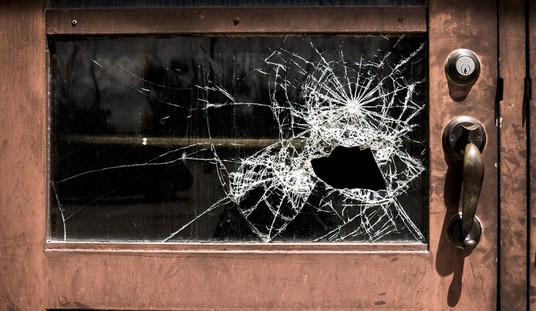Considering that so few bad guys have the courtesy to stand around patiently waiting to get shot, you kind of wonder why to took so long to get Marine riflemen more realistic training.
Marine Corps Warfighting Lab officials demonstrated experimental training techniques for shooting moving targets, a battlefield skill that’s all but ignored in the service’s marksmanship training.
If there is one lesson infantrymen have learned in the past decade of war, it’s that the enemy doesn’t stand still and wait to be shot. They sprint between houses and other available cover, often presenting as small a target as possible.
It has always been a battlefield reality of modern warfare, yet Marine Corps and U.S. Army combat training continues to focus on outdated techniques that largely involve stationary targets.
Now Marine Warfighting Lab officials, working with the Army’s Asymmetric Warfare Group, hope to change this by collecting data aimed at finding the best methods for effectively engaging realistic targets that move at speeds seen on the battlefield.
The Sept. 16-27 experiment had a handful of Marine instructors from The Basic School here practicing a series of techniques for hitting moving targets while shooting from the prone, kneeling and standing positions with M4 carbines and the service’s M27 Infantry Automatic Rifle.
They’re teaching three methods, including tracking, ambushing, and swing-through.
From the article’s description, it doesn’t appear that their is any difference between what they are calling the “ambush” method and what I’ve heard called “trapping” by snipers in one of the branches (and no, I don’t remember if they were Marine or Army snipers). It may sounds picky, but I don’t know why they would want to adapt a term (ambushing) that already has a military use. When you’re on a “two-way range,” I would think that you would want to have as little ambiguity as possible.
That nitpick aside, I’m glad that their getting more-realistic training involving movement.








Join the conversation as a VIP Member